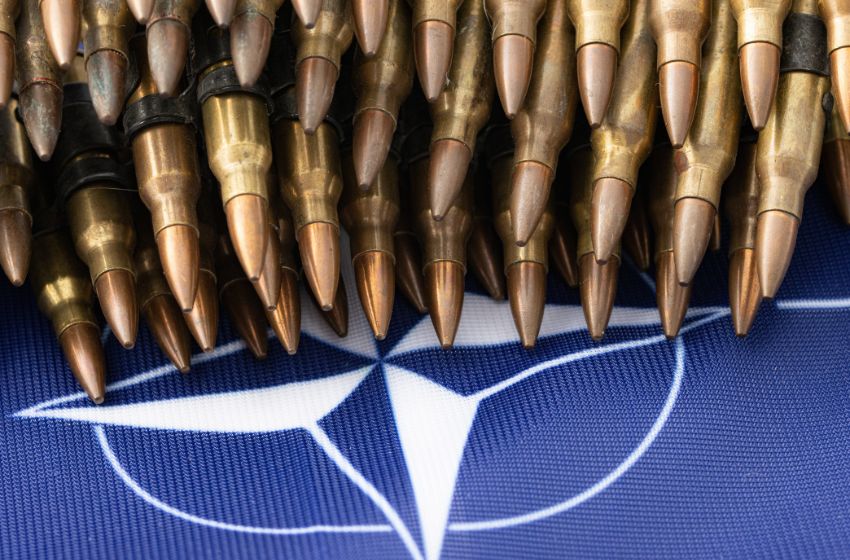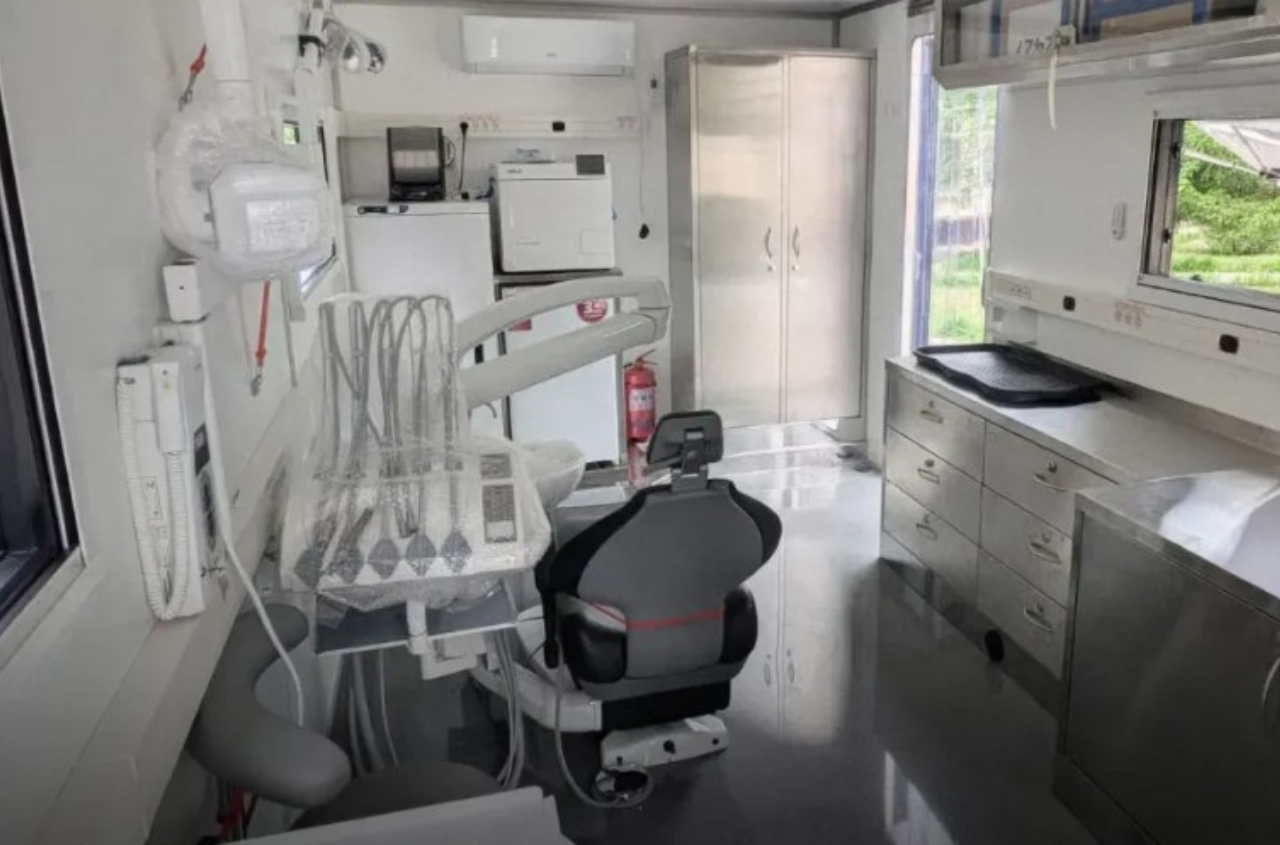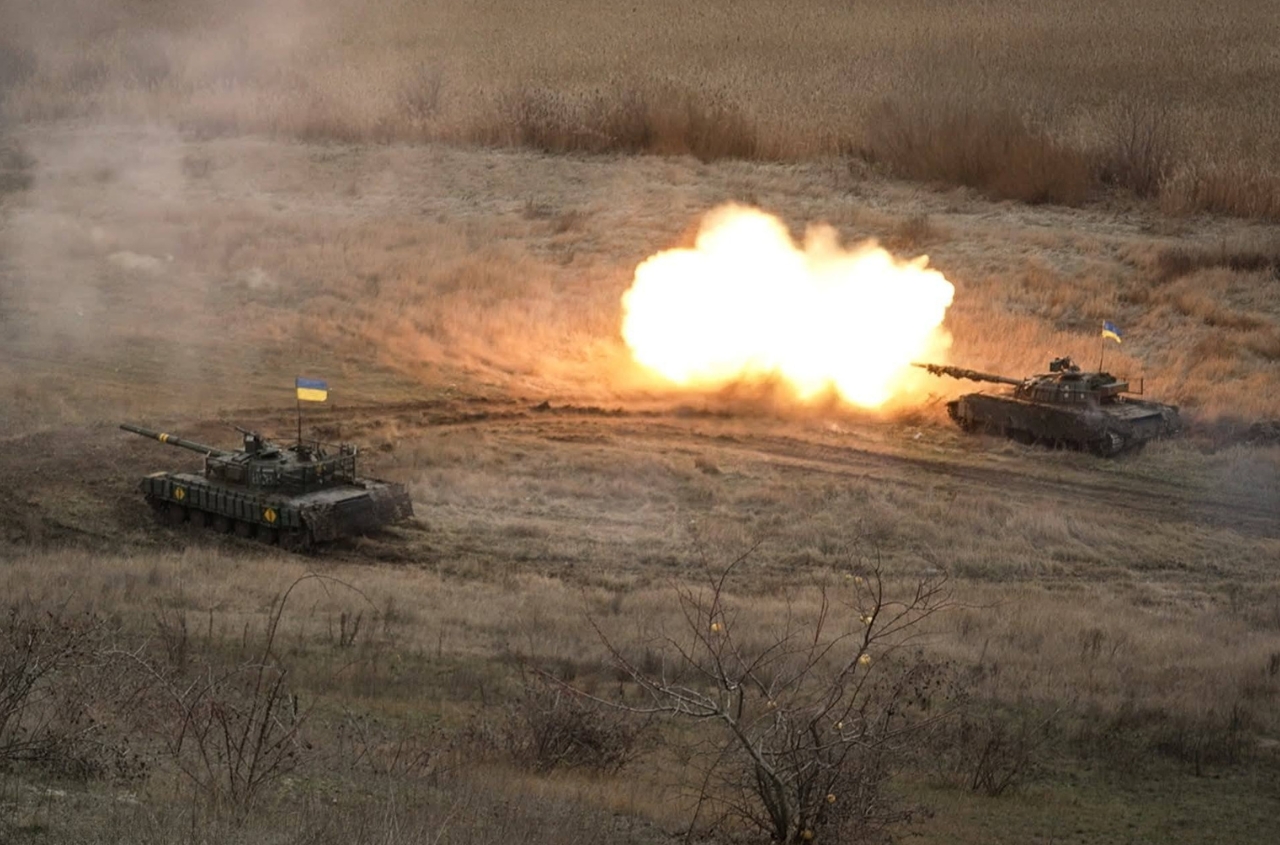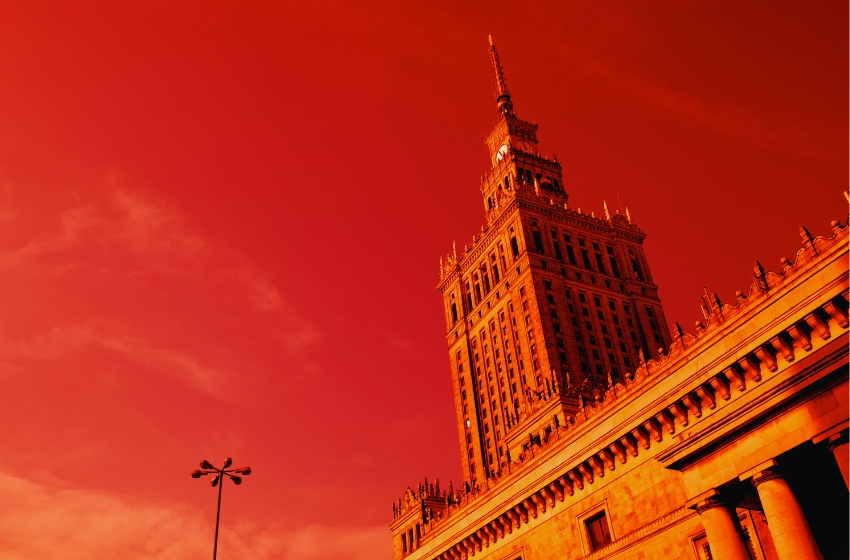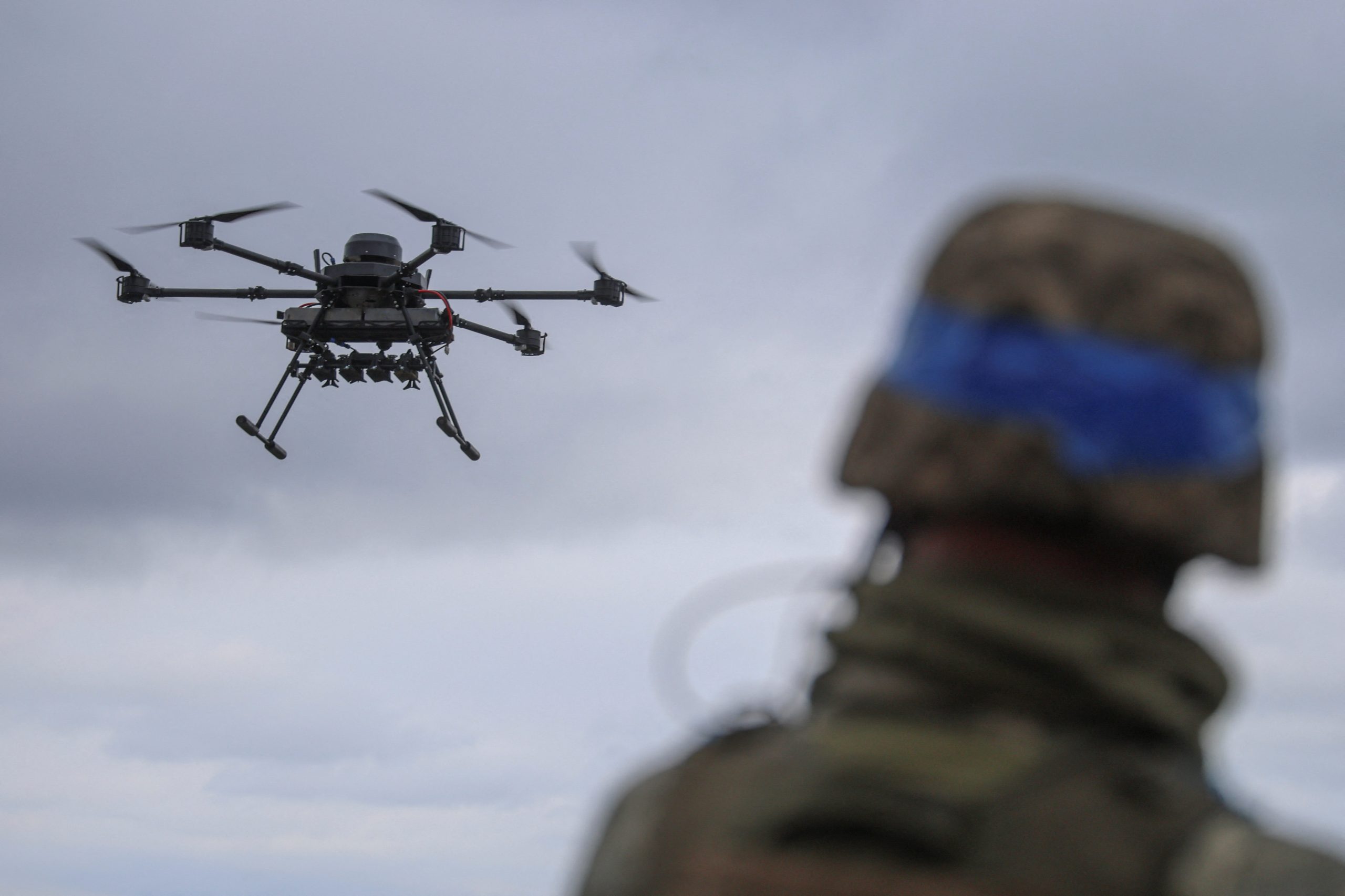The International Institute for Strategic Studies (IISS) published a report analyzing key aspects of the development of defense capabilities in NATO member countries.
The study also assesses the progress and main challenges faced by Alliance members in building defense capabilities for potential high-intensity combat operations.
Key challenges for NATO countries in countering threats from Russia:
-
Insufficient long-term investment and budgetary instability: The current increase in defense spending has effectively only compensated for the level that could have been achieved with stable funding since 2009.
-
Personnel shortages: Most European countries face challenges in staffing their armed forces. Some are attempting to encourage potential military personnel with better material and financial conditions, while others are considering reinstating mandatory service and creating reserve units.
-
Lack of defense-industrial resources: European countries significantly reduced defense production capabilities after the Cold War. The Russia-Ukraine war has exposed a significant shortfall in Europe's defense industry, particularly the shortage of ammunition.
-
Dependence on the United States: European NATO members rely on American technologies, particularly in air defense, missile systems, and aviation.
-
Competition for resources and qualified specialists: High demand for raw materials and components, as well as labor in the civilian sector, limits the potential for military production.
The IISS report highlights steps by European countries toward deeper integration of defense policy within the EU and NATO, as well as a shift toward long-term investments and technological development based on their own resources.
